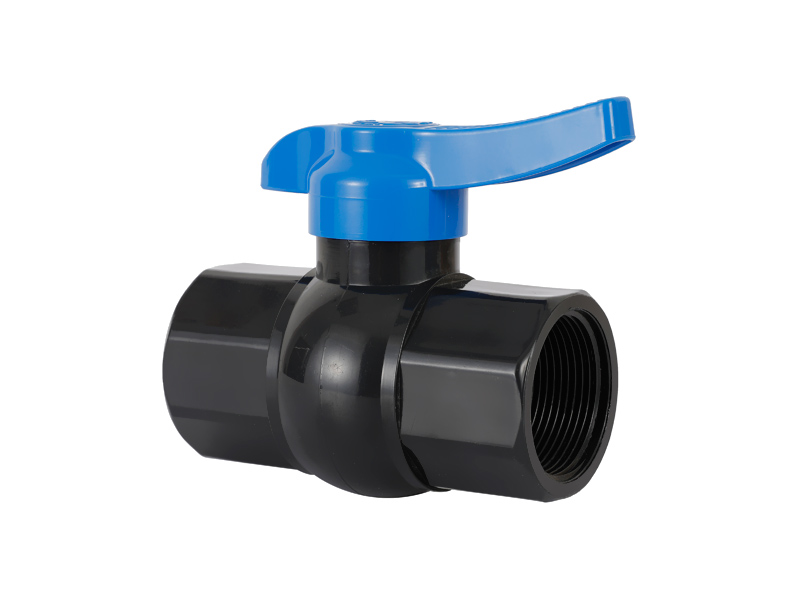How does the male ball valve design enable smooth and effortless on/off operation?
The male ball valve design is a key characteristic...
MORE >>















A Check Valve is a type of valve, which prevents backfl […]
A Check Valve is a type of valve, which prevents backflow of fluid. The valve opens when fluid flows in the desired direction, and closes when the opposite flow occurs. Backflow is prevented by the weight of the check mechanism, back pressure, a spring, or a combination of these means. A check valve is also called a ball, poppet, or disk valve. The ideal check valve would have zero resistance to normal flow.A duckbill check valve is a type of check valve that is generally made of synthetic elastomer or rubber. This valve has two flaps, each shaped like a duck's beak, and is often used in medical applications, preventing contamination due to backflow. If you're unfamiliar with this type of valve, here's an overview of its uses.
Normal Pressure 1/2-2 Inch Customed Irrigation Plastic UPVC Octagonal Ball Valve

These valves can be used to stop and regulate flow in a variety of applications, including marine life, municipal flooding, and sewage. Because they're simple to install and disassemble, they're ideal for incorporating into a variety of devices. They're also easily fabricated, so there's no need to worry about surface finishes or complicated assembly processes.Duckbill check valves are typically made from rubber and can be installed on pipe as an inline valve or slip-on valve. Slip-on valves are designed to fit over an existing pipe and are secured with stainless steel clamps. The flanges on a duckbill check valve should match up perfectly, and the outlet of the valve should be positioned vertically to prevent water leaking.
Diaphragm check valves work to repair and alter nozzle bodies in various applications. They come in green and black colors, and can be used for various spring pressures. Generally, they have two or four openings. The spring pressures can range from eight to twenty-five psi.Diaphragm valves were first used in the ancient world to control the flow of hot baths. Early versions consisted of a leather diaphragm that would seal when the operator pressed it into a weir. Eventually, these valves were made into automated devices and made more reliable and efficient. Now, they can be used in a variety of settings, including bio-pharmaceutical processes.Diaphragm check valves can handle any media with low or high cracking pressures.
They are lightweight and cost-effective. They can also be used in virtually any process.A swing check valve is an important part of piping systems. It prevents backflow and minimizes pressure loss and turbulence. However, you should be aware of the risks associated with this valve because it contains lead, a chemical known to cause cancer, birth defects, and reproductive harm. If you are concerned about the health risks of lead exposure, you should consider using an alternative to a swing check valve.A swing check valve has a simple and compact structure. The flap closes quickly when the medium pressure falls below its cracking pressure, preventing leakage and damage to internal valve components. Another advantage of a swing check valve is its short disc stroke. This makes it sensitive to small changes in pressure. Whether the medium is slurries or foams, the swing check valve is a versatile tool.

The male ball valve design is a key characteristic...
MORE >>
In today's modern world, efficient and reliable wa...
MORE >>
Copyright ©All rights reserved:Zhejiang Xier Plastic Valve Lead Co.,LTD. PVC Ball Valves Manufacturers Technical support: HWAQ  浙公网安备 33060402001174号
浙公网安备 33060402001174号

 English
English España
España عربي
عربي